Sabor Latino: A Spicy Journey Through Traditional Latin Food with Practical Tips & Flavorful Surprises!
Whether you're a spice lover or a culinary adventurer, traditional Latin food is an explosion of flavor waiting to happen. From the smoky chilies of Mexico to the herbaceous tang of Argentinian chimichurri, Latin cuisine offers a rich tapestry of spices and techniques that can elevate your cooking game.
Table of Contents
- 🔥 Spice Profiles Across Latin America
- 🧂 Top 7 Must-Have Spices for Authentic Latin Dishes
- 💡 Spice Kitchen Tips for Perfecting Latin Recipes
- 🍽️ From Tacos to Empanadas: Exploring Iconic Latin Dishes
- 🌶️ Myths vs. Facts: Busting Common Spice Misconceptions
- 📚 The Ultimate Chili Cheat Sheet
- 🏁 Final Thoughts: Keep It Sassy, Spicy, and Saboroso!
🔥 Spice Profiles Across Latin America
Latin American cuisine isn’t just about heat — it’s a harmonious blend of earthy, smoky, tangy, and sweet notes. Each region has its own signature spice palette:
- Mexico: Smoky chipotle, dried oregano, cumin, and zesty lime.
- Peru: Bold ají amarillo, garlic, and aromatic cilantro.
- Colombia: Mild annatto (achiote), culantro, and guiso seasoning blends.
- Argentina: Earthy paprika, parsley-heavy chimichurri, and mild red pepper flakes.
- Cuba: Cumin-forward adobo, citrusy mojo, and fresh garlic galore.
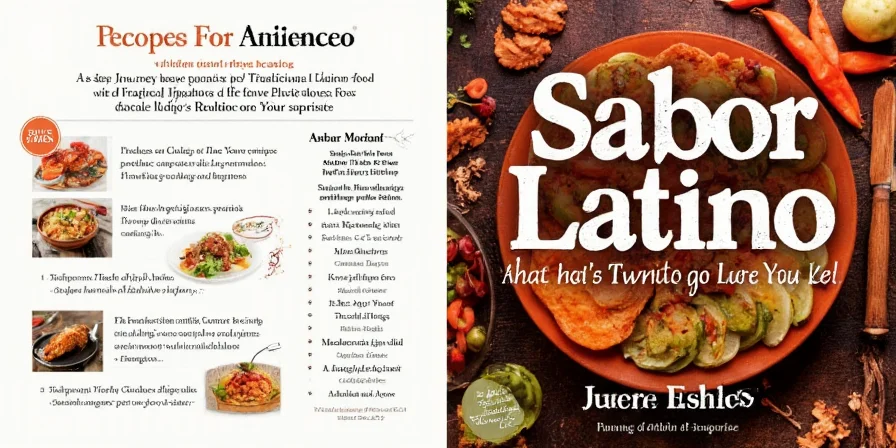
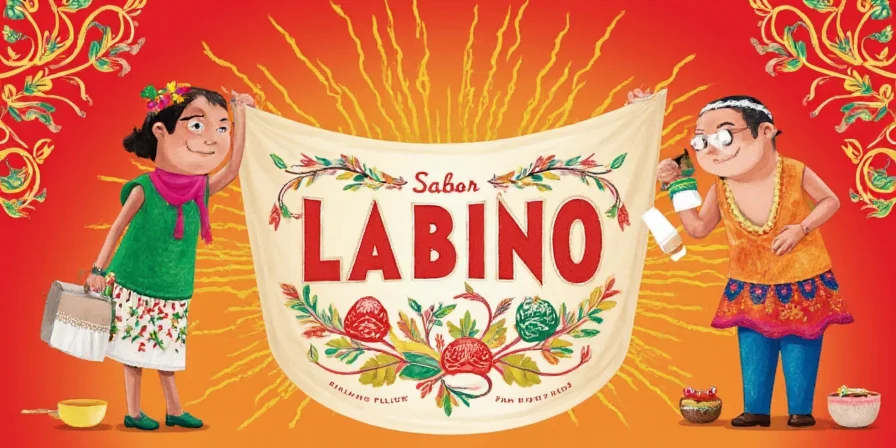
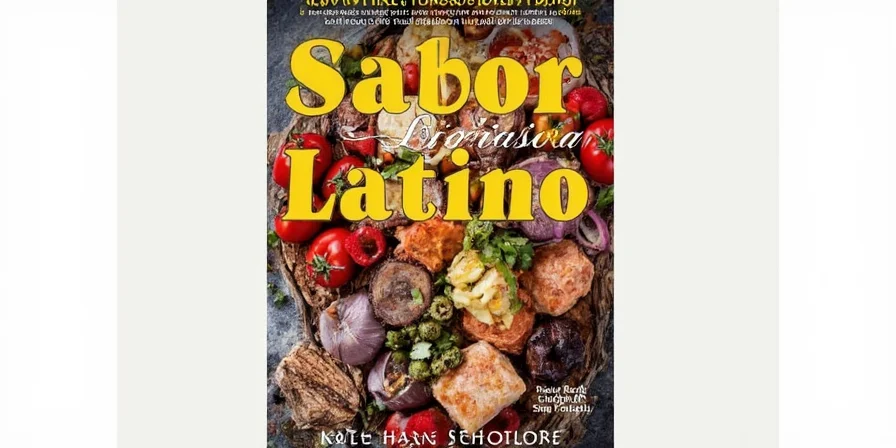
🧂 Top 7 Must-Have Spices for Authentic Latin Dishes
Ready to build your Latin spice arsenal? Here are the top seven staples every spice-loving home cook should keep on hand:
- Achiote (Annatto): For that beautiful reddish hue and earthy flavor in cochinita pibil and saffron-like dishes.
- Dried Oregano: Mexican oregano is more potent and peppery than Mediterranean varieties.
- Cumin: Essential in tacos, beans, salsas, and empanadas across the continent.
- Paprika: Sweet or smoked — a base for rubs, marinades, and sauces like chimichurri.
- Chili Powder: Often a mix of ground chilies, cumin, and garlic — perfect for Tex-Mex and fusion dishes.
- Ají Amarillo: Peru’s pride — adds fruity, medium heat and bright color to ceviche sauces and stews.
- Fresh Herbs (Cilantro, Parsley, Culantro): Freshness boosters that tie everything together in salsas, marinades, and dressings.
| Spice | Flavor Profile | Best Used In | Heat Level (Scoville Scale) |
|---|---|---|---|
| Achiote | Earthy, nutty, slightly peppery | Marinades, rice, Yucatecan dishes | Very low |
| Dried Oregano | Pungent, woody, aromatic | Soups, moles, tomato-based sauces | None |
| Cumin | Warm, earthy, nutty | Tacos, beans, chorizo, rice | None |
| Paprika | Sweet, smoky (if smoked) | Chimichurri, paprika butter, rubs | None to mild |
| Chili Powder | Complex blend with heat | Taco meat, enchiladas, chili con carne | Mild to hot |
| Ají Amarillo | Fruity, floral, spicy | Ceviche, causa, stews | Medium (30,000–50,000 SHU) |
| Fresh Herbs | Bright, refreshing, aromatic | Salsas, garnishes, marinades | None |
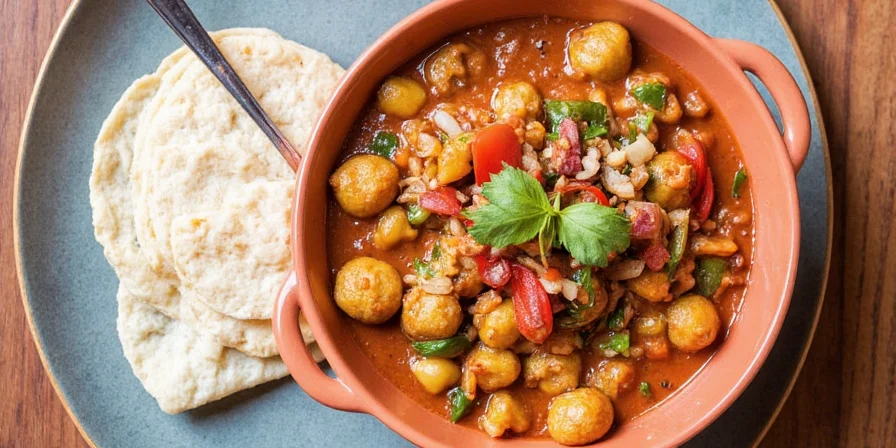
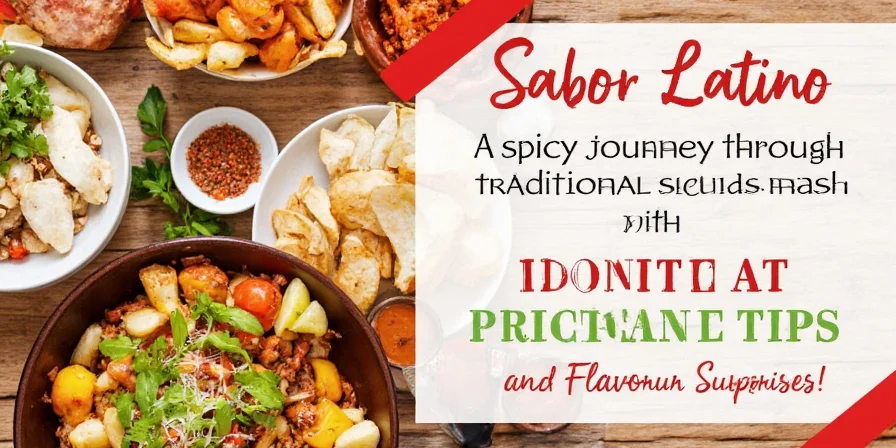
💡 Spice Kitchen Tips for Perfecting Latin Recipes
Want your next batch of tacos al pastor or Peruvian lomo saltado to taste like it came straight from the abuela's kitchen? These spice hacks will get you there:
- Toasting Your Spices: Lightly toast cumin seeds or crushed dried chilies in a dry pan to unlock deeper flavors.
- Use Freshly Ground: Whole spices retain potency longer. Grind them as needed using a dedicated spice grinder or mortar and pestle.
- Bloom in Oil: Sauté spices like paprika, cumin, and annatto in oil before adding liquids. This blooms their oils and enhances aroma.
- Balance Is Key: Don't overdo it! Latin cuisine uses spices to enhance, not overwhelm. Taste as you go.
- Layer Flavors: Combine dried spices with fresh herbs, citrus juice, vinegar, or tomatoes to create depth.
- Store Smart: Keep spices in airtight containers away from light and heat. Label and date them — most spices lose potency after 6–12 months.
- Make Ahead Pastes: Prepare spice blends like adobo, recado rojo, or sofrito in bulk and refrigerate or freeze for future use.
Pro Tip: Spice Paste Power
Create a Latin-inspired all-purpose spice paste by blending garlic, cumin, smoked paprika, olive oil, lime juice, and a pinch of oregano. Use it as a rub for grilled meats or a stir-in for soups and beans.
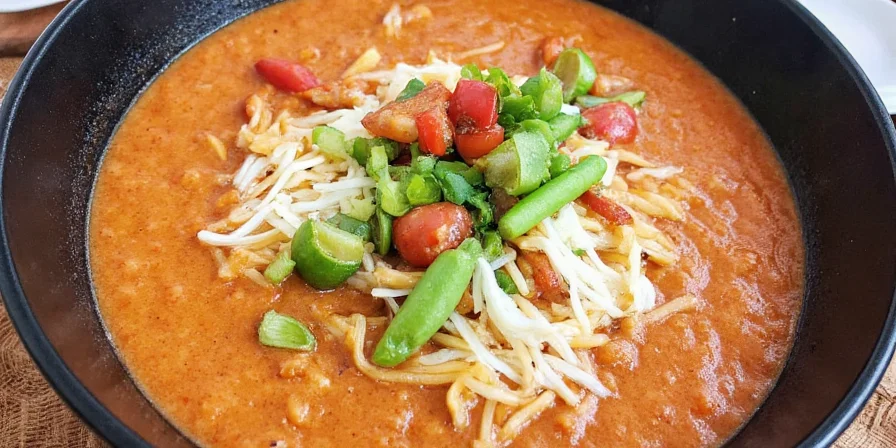
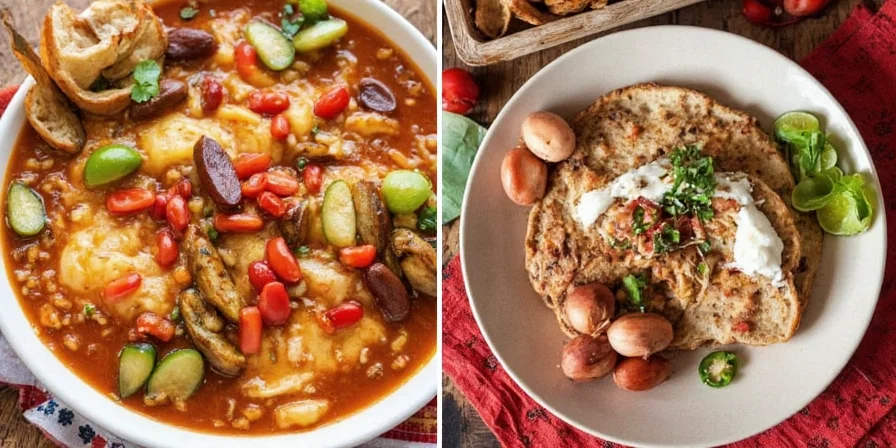
🍽️ From Tacos to Empanadas: Exploring Iconic Latin Dishes
Now that you've stocked up on spices, let’s dive into some beloved Latin dishes where those spices really shine:
- Tacos al Pastor: Marinated pork cooked in layers, seasoned with achiote, chilies, pineapple, and garlic. Spicy, smoky, and oh-so-satisfying.
- Ceviche: Citrus-cured seafood gets a kick from ají limo or jalapeño and a punch from cilantro and lime.
- Feijoada: Brazilian black bean stew loaded with smoked spices, bay leaves, and bold flavors.
- Locro (Argentina): A hearty stew spiced with paprika, cumin, and oregano — perfect for chilly days.
- Empanadas: Handheld savory pastries filled with beef, olives, eggs, and seasoned with mild yet complex spice blends.
- Gallo Pinto (Costa Rica): Spiced rice and beans — simple ingredients made unforgettable with onion, garlic, and culantro.
- Pupusas (El Salvador): Stuffed tortillas topped with spicy curtido slaw — a tangy, crunchy contrast to soft masa.
| Dish | Country | Key Spice(s) | Signature Ingredient |
|---|---|---|---|
| Tacos al Pastor | Mexico | Achiote, chili powder | Pineapple glaze |
| Ceviche | Peru | Ají limo, cilantro | Lime juice |
| Feijoada | Brazil | Bay leaf, black pepper | Black beans |
| Locro | Argentina | Paprika, cumin | Beef tripe |
| Empanadas | Multiple | Oregano, garlic | Hard-boiled egg |
| Gallo Pinto | Costa Rica | Culantro, garlic | Lizano sauce |
| Pupusas | El Salvador | Adobo seasoning | Curtido slaw |
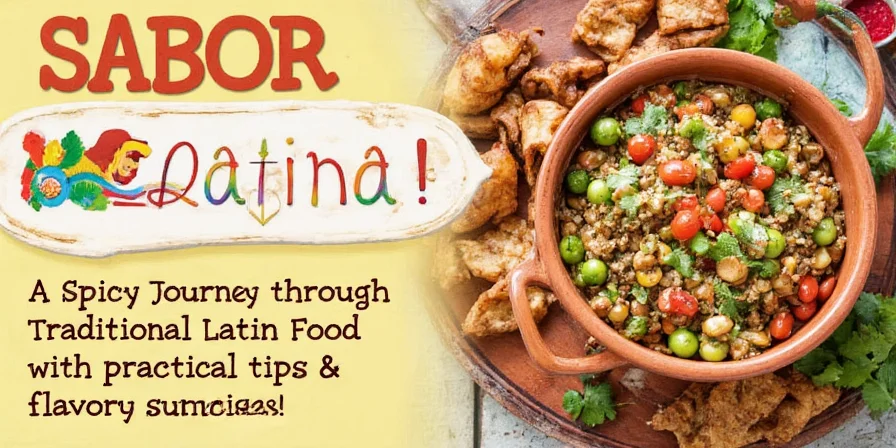

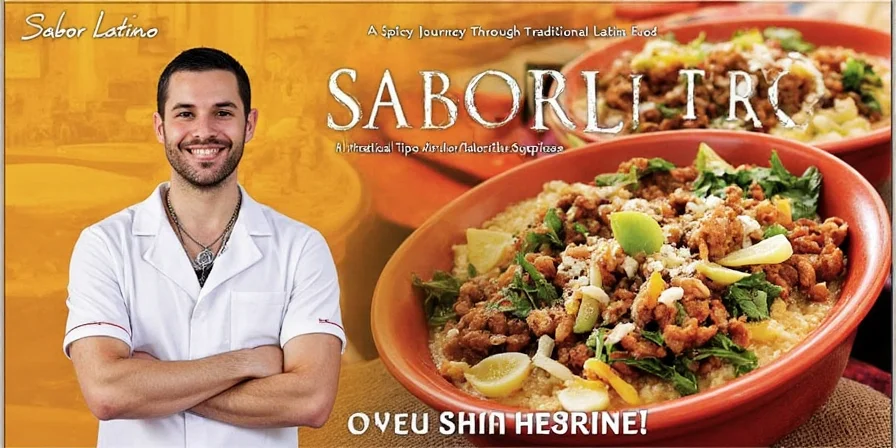
🌶️ Myths vs. Facts: Busting Common Spice Misconceptions
We’ve all heard those spicy myths floating around. Let’s set the record straight with some spicy truths:
| Myth | Fact |
|---|---|
| “Spicy food always burns your stomach.” | Spice doesn’t necessarily cause ulcers — often it's acid content, portion size, or individual sensitivity. |
| “All Latin food is super hot!” | While many dishes have heat, balance is key — think mild achiote, citrusy marinades, and herbal bases. |
| “Fresh chilies are hotter than dried ones.” | Not true! Dried chilies often concentrate flavor and heat — especially when toasted or soaked. |
| “If it’s red, it must be spicy.” | Color ≠ heat. Some red peppers are sweet (like bell peppers), while green jalapeños can be hotter than expected. |
| “More spice = more flavor.” | Too much spice can numb your palate. Balance is what brings depth, not volume. |
📚 The Ultimate Chili Cheat Sheet
Confused about which chilies to use? Here's your handy guide to Latin chilies and their uses:
| Chili Name | Heat Level | Flavor Notes | Common Uses |
|---|---|---|---|
| Jalapeño | Mild | Grassy, sharp | Salsas, nachos, tacos |
| Guajillo | Mild | Berry-like, tea notes | Rub for meats, mole sauces |
| Ancho (Poblano) | Mild | Sweet, raisin-like | Mole, soups, rellenos |
| Chipotle | Moderate | Smoky, earthy | Adobo sauces, marinades |
| Ají Amarillo | Medium | Fruity, floral | Ceviche, causa, stews |
| Habanero | Very Hot | Citrusy, floral | Hot sauces, Yucatan dishes |
| Pequin | Very Hot | Nutty, concentrated | Condiments, small bursts of heat |
🏁 Final Thoughts: Keep It Sassy, Spicy, and Saboroso!
Traditional Latin food is more than a meal — it's a celebration of culture, history, and soulful cooking. By mastering a few key spices and techniques, you can bring those vibrant flavors to your kitchen with confidence and creativity.
So whether you're grilling up some achiote-rubbed skewers, simmering a rich mole, or tossing together a quick chimichurri, remember: spice is your friend. And with a little know-how, a dash of curiosity, and a sprinkle of joy, your next Latin-inspired dish can be absolutely unforgettable.
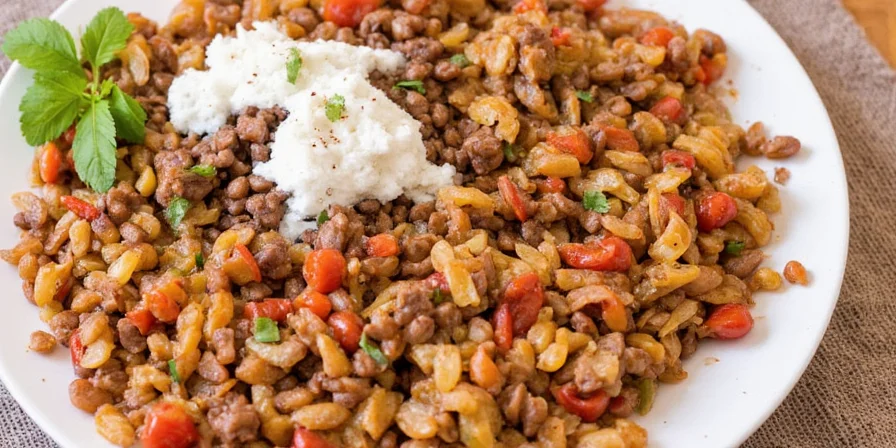
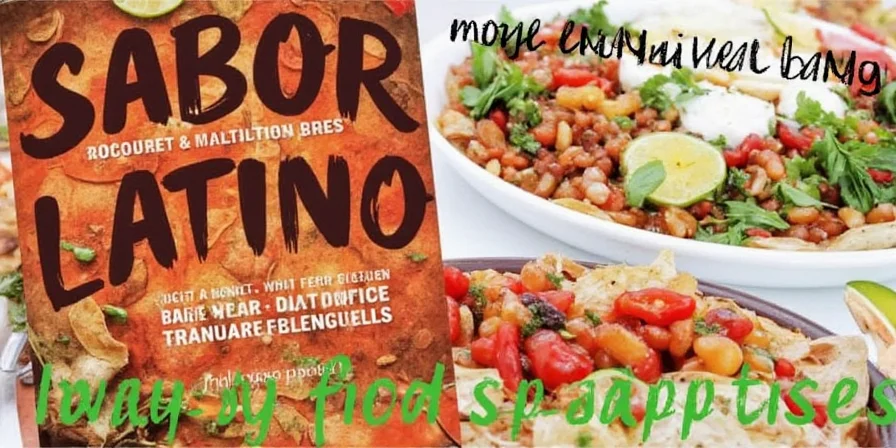

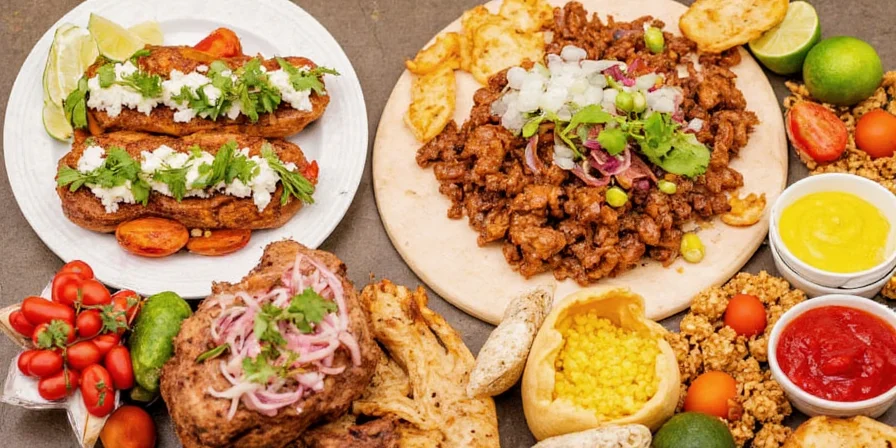









 浙公网安备
33010002000092号
浙公网安备
33010002000092号 浙B2-20120091-4
浙B2-20120091-4